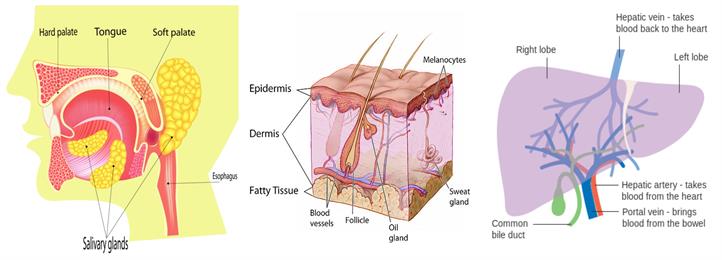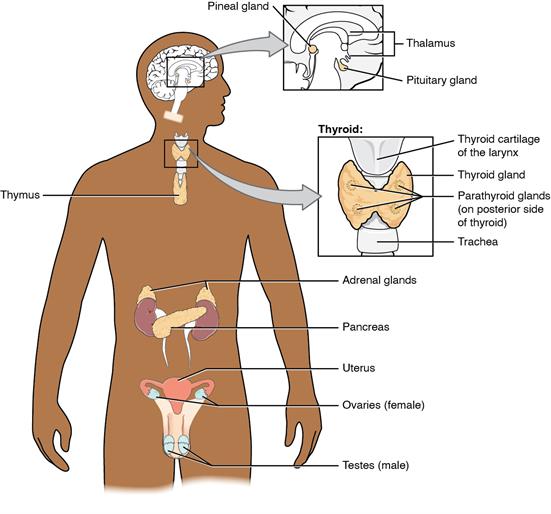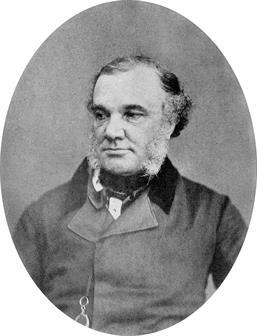PDF chapter test TRY NOW
When you are in danger, in anger, or stressed, what happens? What exactly are these?
All of these are emotions. Emotions are regulated by various chemicals released by cells that act on the various "target" cells. These chemicals are hormones.
Let us study hormones, the various hormones secreted in animals, and their functions.
The word hormone is derived from the Greek word "hormon", meaning "to excite", "to stimulate". Hormones are organic chemical messengers produced and released by specialized glands called endocrine glands.
In the vertebrates, glands are classified based on the presence or absence of ducts. The two types of glands include:
1. Exocrine glands
2. Endocrine glands

Endocrine and Exocrine glands
Exocrine glands:
Exocrine glands have specific ducts to carry their secretions to a particular organ.
Example:
Salivary glands, mammary glands, sweat glands, liver.

Exocrine glands - salivary glands, sweat glands, and liver
Endocrine glands:
The word endocrine is derived from the Greek words "endon", meaning ‘within’, and "krinein", meaning "to release".
Endocrine glands do not have specific ducts, and their secretions diffuse and are absorbed into the blood to reach the specific "target organ".
They are also called ductless glands. The endocrine glands secrete hormones that are produced in minute quantities. Endocrine glands in the vertebrates have a dynamic communication mechanism for coordinating physiological, biological and metabolic functions.
The hormones (chemical messengers) regulate and control physiological processes such as digestion, metabolism, growth, development, and reproduction. Hormones also coordinate the physiology and behaviour of an animal by regulating, integrating, and controlling its bodily function.
The endocrine glands present in human and other vertebrates are:
1. Hypothalamus
2. Pituitary gland
3. Thyroid gland
4. Parathyroid gland
5. Pancreas
6. Adrenal gland
7. Gonads (includes Testes in male and Ovary in females)
8. Thymus gland

Endocrine glands in the human being
- Endocrine glands that secretes the disintegrated cells and their products are called holocrine glands. Example: Sebaceous gland.
- The glands which secretes both exocrine and endocrine functions are called heterocrine glands. For example, the pancreas has both endocrine and exocrine functions.
Endocrinology is the branch of biology that deals with the study of the endocrine glands and their physiology. Thomas Addison is known as the Father of Endocrinology. W.M. Bayliss and E.H. Starling, two English physiologists, coined the term hormone in 1909.
Important!
W.M. Bayliss and E.H. Starling first discovered the hormone secretin.

Thomas Addison - The Father of Endocrinology
Reference:
https://commons.wikimedia.org/wiki/File:Endocrine_vs._Exocrine.svg
https://commons.wikimedia.org/wiki/File:Diagram_showing_the_two_lobes_of_the_liver_and_its_blood_supply_CRUK_376.svg
https://commons.wikimedia.org/wiki/File:Anatomy_The_Skin_-_NCI_Visuals_Online.jpg
https://openstax.org/books/anatomy-and-physiology/pages/17-1-an-overview-of-the-endocrine-system
https://upload.wikimedia.org/wikipedia/commons/thumb/f/fa/ThomasAddison.jpg/1024px-ThomasAddison.jpg
